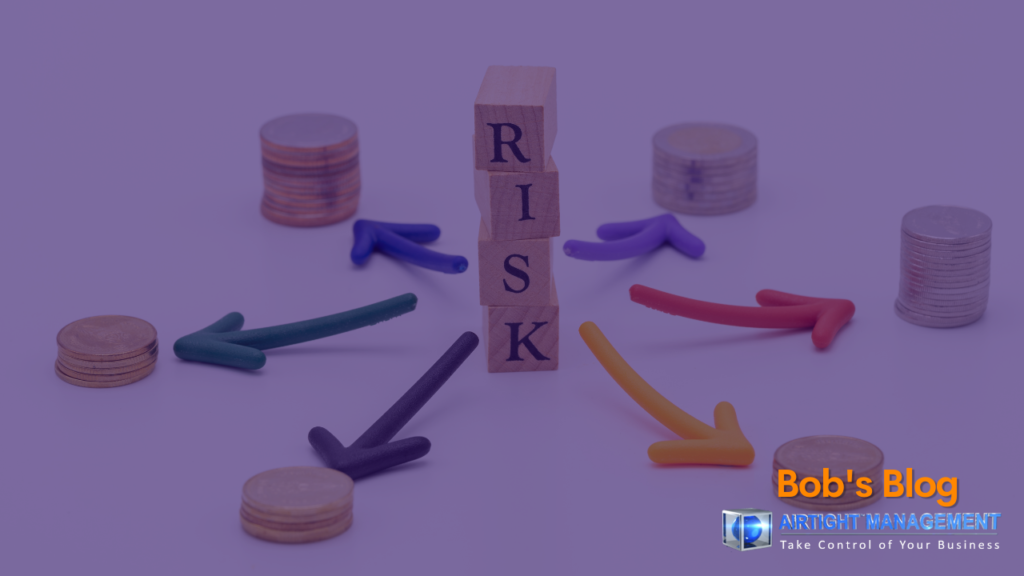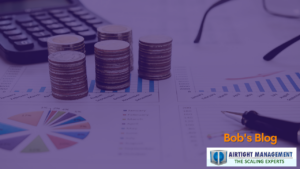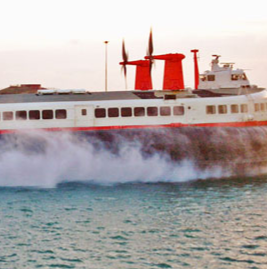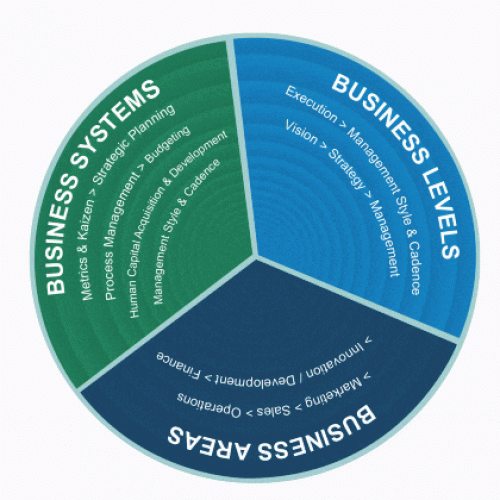“The greatest danger in times of turbulence is not the turbulence—it is to act with yesterday’s logic.” – Peter Drucker
In the world of business, it is common for managers to focus solely on the probability of risks and overlook critical factors like the cost of failure and the ability to actively manage those risks. Successful risk management requires constant evaluation and monitoring. Three main risk factors should be carefully evaluated and tracked: the cost of a failure, the probability of a failure, and most importantly, the controllability or ability to manage the risk.
“There is no innovation and creativity without failure. Period.” – Brené Brown
These factors play a pivotal role in managing risks from the inception of a project and throughout its development. To facilitate understanding, complex concepts are often broken down into two-dimensional diagrams. The Risk Assessment Landscape Map is one such tool designed to show complex risk concepts clearly. When used alongside a market landscape map, it becomes a powerful tool to assess market entry strategies, new business opportunities, and even entire businesses. However, it’s vital to develop this map based on specific assumptions, focusing on a particular product or service against a single vertical market or niche.
“Risk comes from not knowing what you’re doing.” – Warren Buffett
Identifying and managing risks are paramount for a company’s success and avoiding potential disasters. Larger risks can lead to greater rewards if managed skillfully or when the cost of failure is relatively low. In contrast, young companies can easily adjust their course, while larger and established companies may need to plan further ahead and adapt swiftly due to their size and complexity. The diagram in the Risk Assessment Landscape Map aids in monitoring risks effectively and can be updated regularly to accommodate new information. It highlights the three key dimensions of risk, emphasizing that taking risks should not be seen as a simple yes-or-no decision.
“It is not the strongest of the species that survives, nor the most intelligent that survives. It is the one that is the most adaptable to change.” – Charles Darwin
For this assessment to be beneficial, it must be conducted with specific assumptions and goals in mind. An extensive understanding of the market space and ample business experience are required to evaluate risks accurately. Every potential risk, regardless of its potential cost or controllability, must be listed initially with brutal honesty. Risks that are not entirely within one’s control should be considered potential threats. However, generic risks faced by every business, like overall competitive risk, raising capital, and losing key employees, may not require detailed evaluation. Instead, the focus should be on specific risks related to formidable competitors that can impact the business model or product.
“In business, the rearview mirror is always clearer than the windshield.” – Warren Buffett
For businesses seeking new investments or evaluating opportunities, undertaking the Risk Assessment Landscape Map exercise is essential. Senior management teams can complete the task within a couple of hours, and it can be a decisive factor between success and failure. The map helps communicate and evaluate the risks associated with an entire business venture, highlighting whether an investment is promising or fraught with significant risks. By identifying specific risks, businesses can strategize to minimize or eliminate potential obstacles before investments are made.
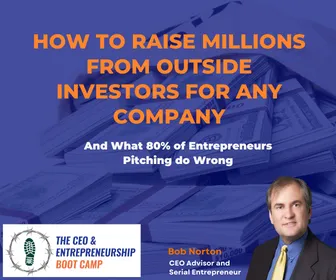
Free Webinar Replay
How to Raise Millions from Outside Investors for any Company – Learn the 30 other sources of capital beyond angel and VC and how to prepare a company and get it into the top few percent investors see.
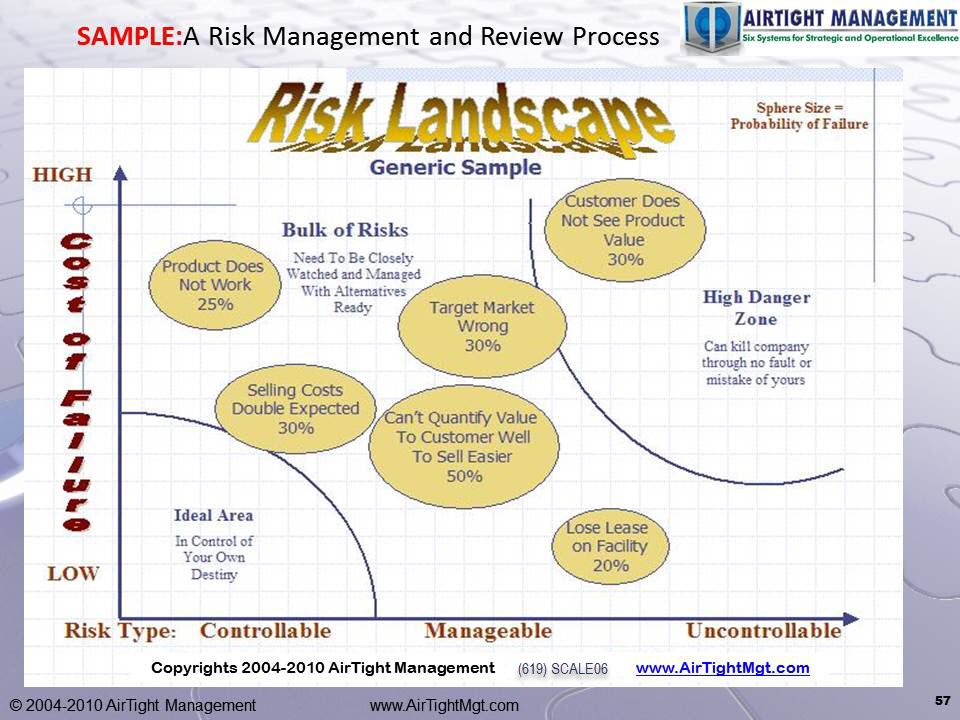
“The only limit to our realization of tomorrow will be our doubts of today.” – Franklin D. Roosevelt
Using the Risk Assessment Landscape Map involves four steps for effective risk assessment and management:
Make a comprehensive list of all risks specific to the situation, ensuring clear definitions and boundaries.
Assign a probability of failure to each risk, ranging from 5% to 99%, and narrow down the list to the most significant six to twelve risks.
Determine the location of each risk on the map based on its relative cost of failure (vertical axis) and controllability (horizontal axis), and represent each risk with a corresponding bubble.
Use the map to ask insightful questions about potential changes to the situation, business model, product, or design that could reduce the risks’ probability, cost, or timeline for failure. Out-of-the-box thinking is encouraged, and outside consultants can provide valuable perspectives.
“Your most unhappy customers are your greatest source of learning.” – Bill Gates
The Risk Assessment Landscape Map is a living document that should be continually updated to reflect changing circumstances and new insights. Its effectiveness relies on the expertise and experience of the individuals involved. A diverse team representing all key business disciplines is necessary for a comprehensive assessment. The availability of well-researched and understood market information is also critical. Completing the exercise with utmost accuracy and thoroughness will ensure a more resilient business strategy.
“The best way to predict the future is to create it.” – Peter Drucker
In conclusion, the Risk Assessment Landscape Map offers a valuable approach to evaluating and managing risks in various business ventures. By considering the cost of failure, the probability of failure, and the controllability of each risk, businesses can make informed decisions and adapt their strategies to minimize potential obstacles. The exercise requires an honest and comprehensive assessment, with a focus on specific risks rather than generic ones. Embracing uncertainty and analyzing risks effectively can lead to more successful business endeavors. Businesses that adopt this method can increase their chances of success, making the Risk Assessment Landscape Map a fundamental tool in the world of strategic decision-making.

